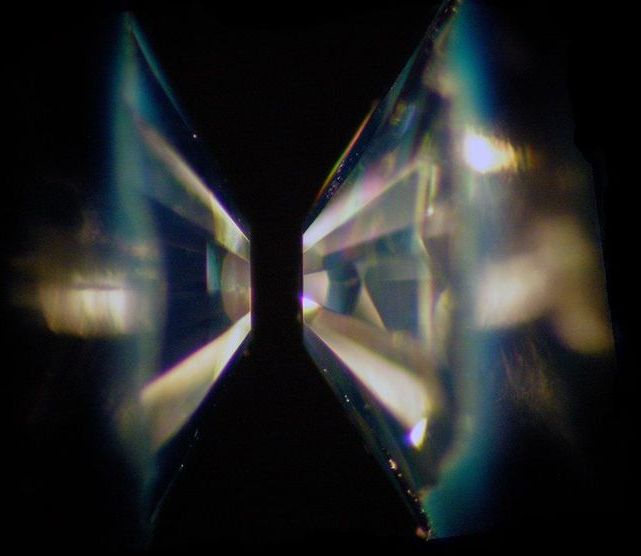In 1831, the British explorer James Clark Ross determined the position of the magnetic North Pole to within a few miles for the first time. He found it on the Boothia Peninsula in Nunavut, northern Canada where he and his team camped in the “snow huts of a recently deserted Esquimaux village”.
Even then, the pole was known to move, albeit slowly. Some 70 years later, the Norwegian Amundsen rediscovered it nearby and over the next ninety years, it migrated slowly northwards at a rate of up to 15 kilometers (just over 9 miles) per year.
Then, in 1990, it suddenly began to accelerate northwards. In 2017, it passed the geographic North Pole and is now heading south towards Siberia.






